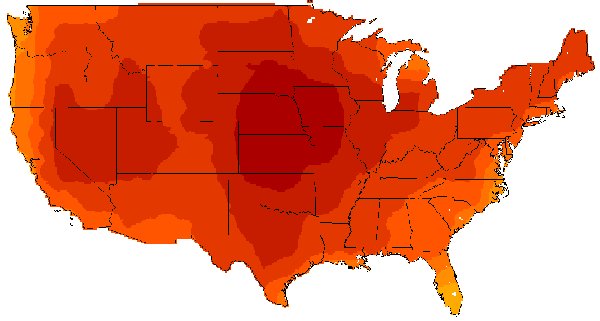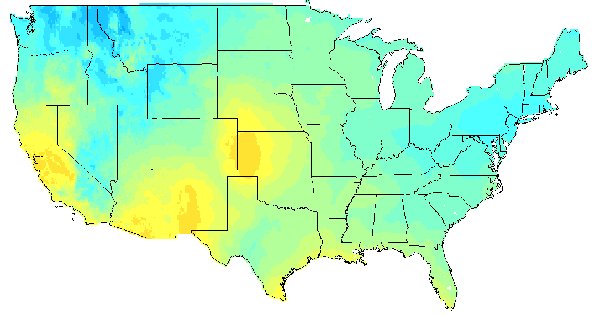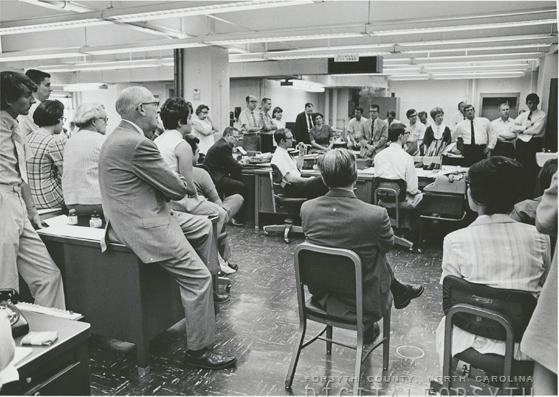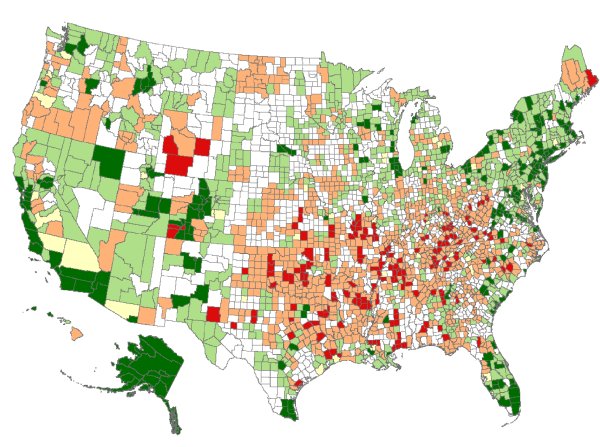
Mountain Talk, N.C. State University

The Queen Family, N.C. State University
When I reflect on my long relationship with language, it seems odd to me that the schools in these parts never (or at least used to didn’t) actually tell children that they’ve grown up speaking a stigmatized dialect, and that if they want to enter the business, corporate, or professional worlds, they’ll have to learn to speak “standard English” as a second language. (You got tripped up by that “used to didn’t,” didn’t you? Just working in a bit of dialect…)
One could argue over whether the local dialect here in Stokes County is Southern or Appalachian. I would say that in the truly rural areas, the local dialect is Appalachian. Yes, I understand it perfectly, and I love to listen to it. I can still speak it, but I have to pause, think, and flip some sort of switch in my brain, because all my live language circuits have been rewired from years of speaking standard English.
Don’t doubt for a minute that Appalachian English is severely stigmatized. Once, having just told a young man from California in my department at the San Francisco Chronicle that I can speak fluent hillbilly, he said, of course, “Say something in hillbilly.” I thought for a moment, adjusted my mouth, and said something. The look of disgust on his face was genuine and involuntary, as though I’d just pulled a maggoty apple out of a bag.
Even here in North Carolina, Appalachian English is stigmatized. When I was at the Winston-Salem Journal, we had recently hired a young woman from Ashe County who was an experienced clerk and an ultra-fast typist. But she had never learned standard English, and behind her back people made fun of how she talked. This is all the more sad because anyone who can type fast has well-developed language aptitude.
Walt Wolfram, a linguist at N.C. State University, is one of the few people who have ever tried to do something about this stigma. Its human and economic costs are high.
I am no linguist, but I am doubtful that Appalachian English consists mainly of old speech patterns preserved from the British Isles or Ireland. I have traveled some in Scotland, England, Cornwall, Wales and Ireland, and I never heard anything that really reminded me of Appalachian English. The region, at least to my ear, that comes closest is Wales, where English is spoken with a kind of lilting rhythm and cadence, very pleasing to the ear, that sometimes reminds me of the rhythm of Appalachian English.









